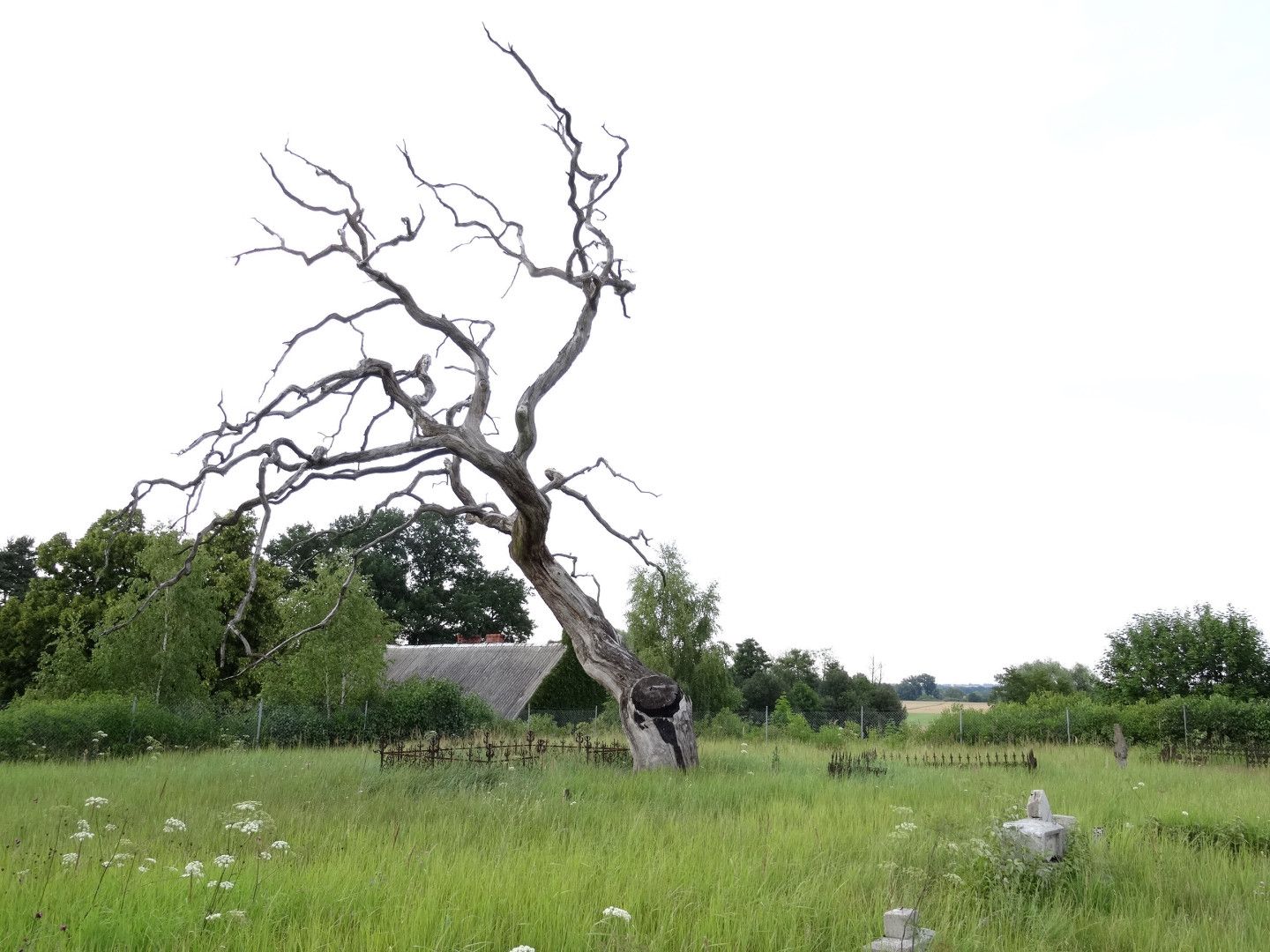Przyłubie
6.6

Overview
Przyłubie is a village located in the Kuyavian-Pomeranian Voivodeship, in the Bydgoszcz County, within the administrative district of Solec Kujawski. The settlement has a long history, dating back to 1359, when King Casimir the Great granted the privilege for settlement under Chełmno law. The village was initially owned by Stanisław Kiwalicz, and in the 16th century, it passed into the hands of the noble Przyłubski family. In 1594, Dutch settlers (Olędrzy) were brought to the village, introducing modern agricultural techniques and the ability to drain the Vistula-area lands. Their legacy is still visible in the preserved buildings, including two 19th-century wooden cottages associated with Mennonite settlement. In the center of the village, there is also a Mennonite-Evangelical cemetery and a former primary school from 1885, now converted into a village community center, around which a monumental English oak grows. Przyłubie is also located within a protected landscape area, near the Bydgoszcz Forest and the Vistula Valley. Three hiking trails and cycling routes start in the village, making it an attractive destination for tourists. Przyłubie became part of Poland after World War I, and during World War II, it experienced occupation and crimes against the Polish population. After the war, the German population was resettled, and the village was repopulated by repatriates from Volhynia. In 1999, Przyłubie was incorporated into the borders of the Kuyavian-Pomeranian Voivodeship. An interesting fact is that in the Bydgoszcz Forest, on the Kabat clearing, there is a Radio Broadcasting Center with a 1000 KW transmitter, which adds a modern character to the region alongside its historical heritage.
Location
2025 Wizytor | All Rights Reserved